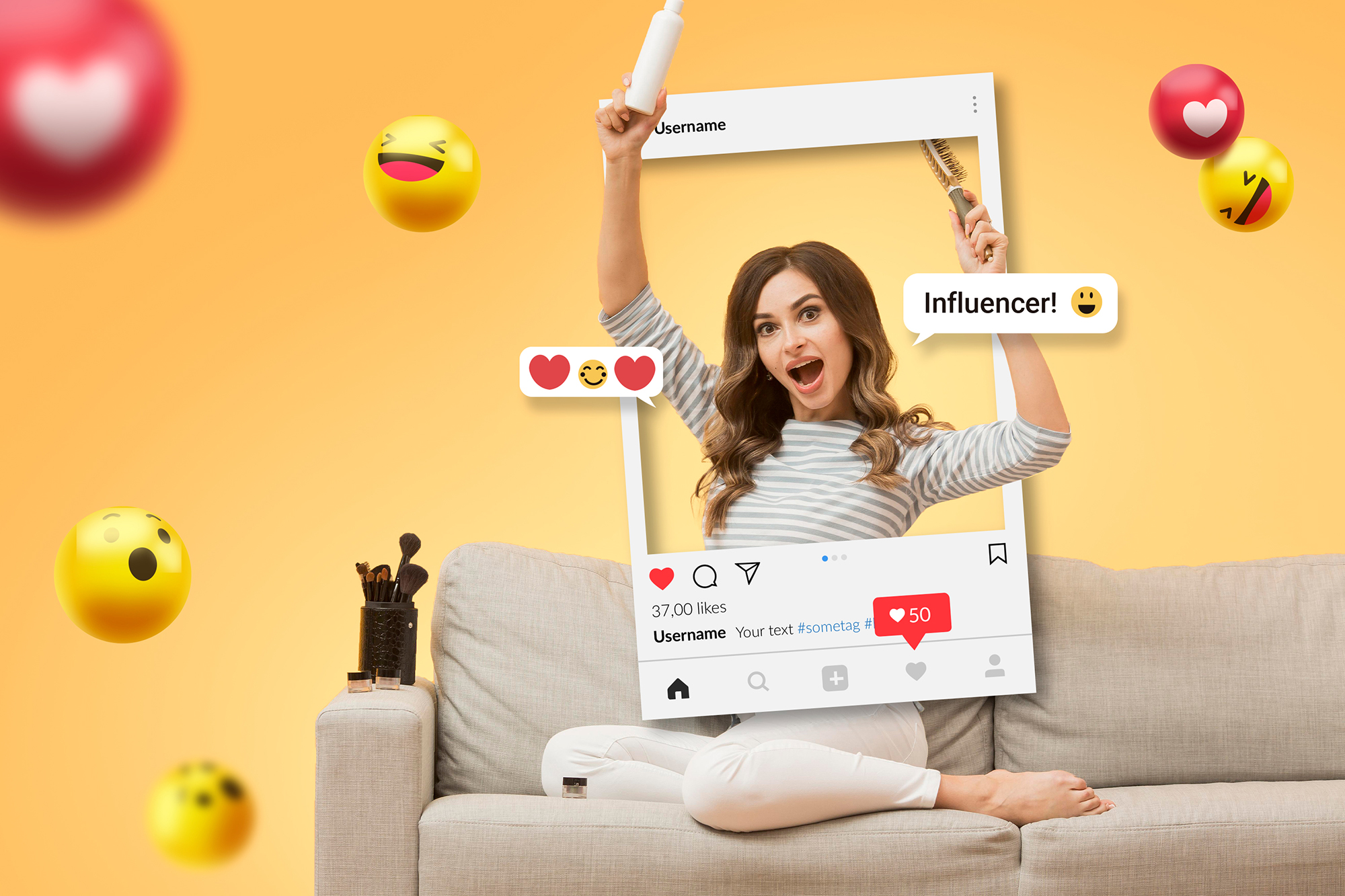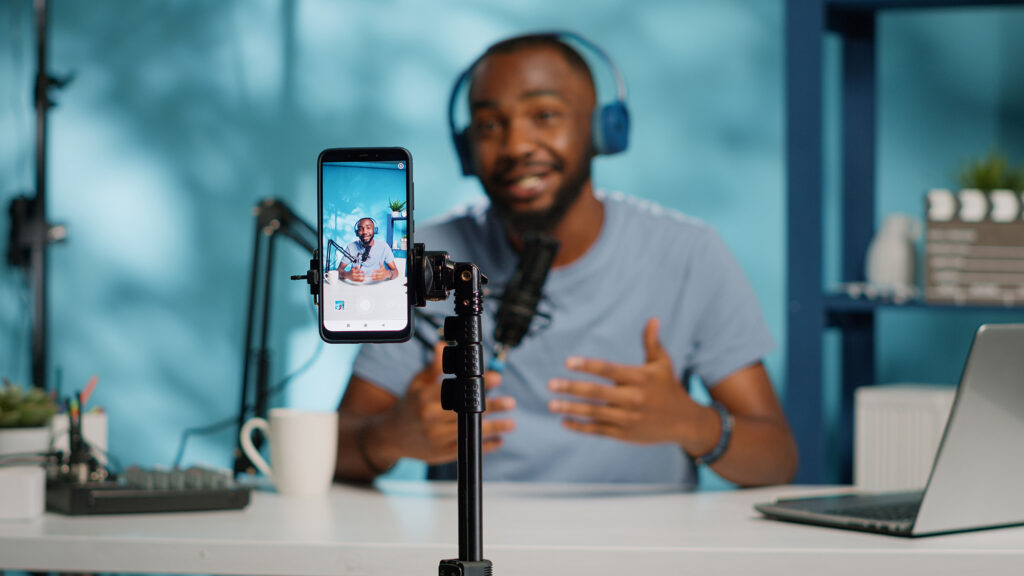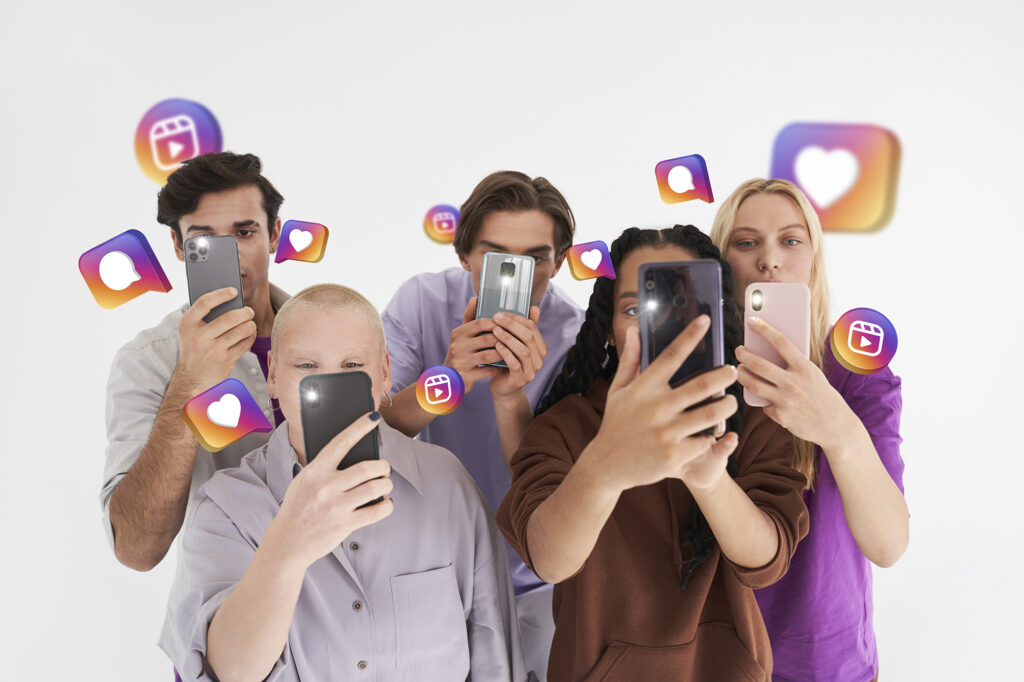The term “influencer” has become a cornerstone of the digital lexicon. As we navigate the vast seas of social media and online content. Influencers serve as our guides. They are shaping our perceptions, preferences, and even our purchasing habits. But who exactly is an influencer, and what power do they wield in the digital realm? Let’s embark on a journey to understand the basics of influencers. And explore the depths of their impact.
The Essence of an Influencer
At the heart of the term “influencer” is the ability to influence. An influencer is an individual who can shape the behaviors and decisions of audience. They are not merely individuals with vast followings. They are trusted figures within a community, whose words and actions hold weight.
The role of influencers was predominantly occupied by celebrities, athletes, and public figures. Their reach was vast, but their connection with the audience was often surface-level. The advent of social media platforms like Instagram has democratized the influence world. Now, anyone with a unique voice, a passion, and a smartphone can become an influencer. This shift has led to a more organic, genuine connection between influencers and followers. Rooted in shared interests, experiences, and values.
The Spectrum of Influencers
In the diverse world of digital media, influencers are not a monolithic group. They come in various shapes and sizes, each with their unique flavor of influence.
Mega-Influencers: These are the juggernauts of the influencer world. Often boasting millions of followers. They are typically celebrities or individuals who have achieved significant online fame. Their reach is vast, spanning across continents and cultures. However, due to their massive following, their engagement rate might not be as high. And their connection with followers might lack the intimacy that smaller influencers offer.
Macro-Influencers: Occupying the middle ground. Macro-influencers have followers ranging from 100,000 to a million. They often have a broader content niche, catering to a diverse audience. Their content is polished and professional. And they often collaborate with big brands for promotions and endorsements.
Micro-Influencers: With a following of 1,000 to 100,000, micro-influencers are the gems of influencer world. Their smaller audience size allows for a deeper, more personal connection. They often focus on niche topics. And their recommendations are valued by their dedicated community.
Nano-Influencers: The newest category in the influencer spectrum are nano-influencers. They have fewer than 1,000 followers. and they might seem insignificant at first glance. But their power lies in their hyper-localized, tight-knit communities. They are often highly trusted within their circles. And can offer brands a direct line to grassroots audiences.
The Anatomy of an Influencer
Influence is not merely about having a vast audience. It’s about the quality of engagement and the depth of connection. So, what makes influencers so influential?
Authenticity: In an age rife with filters and photoshop authenticity is a breath of fresh air. The most impactful influencers are those who remain genuine. Sharing both their highs and lows, successes and failures. This authenticity fosters trust. Making their audience more receptive to their recommendations and opinions.
Expertise: Whether it’s the latest beauty trends, tech gadgets, fitness routines, or gourmet recipes. Influencers are seen as experts in their respective niches. Their audience looks up to them for guidance, advice, and recommendations. Trusting their expertise and judgment.
Engagement: Beyond posts and feeds, real magic happens in comments, DMs, or live sessions. Influencers who engage with their audience, responding to comments, addressing queries, and initiating conversations, foster a sense of community. This two-way dialogue strengthens the bond between the influencer and their followers.
Influencers and the Brand Ecosystem
In the modern marketing landscape, influencers have carved a niche for themselves as invaluable assets for brands. Their authentic voice, engaged following, and content creation capabilities make them ideal partners for brand promotions and collaborations.
Brands no longer rely solely on traditional advertising avenues. Instead, they collaborate with influencers to create relatable content resonating with the audience. Whether it’s product reviews, unboxing videos, tutorials, or sponsored posts. Influencers offer brands, hotels, or tourism companies a direct line to their target demographic.
However, successful influencer-brand collaborations are rooted in mutual respect and shared values. The most impactful campaigns are those where the influencer believes in the brand’s ethos. Ensuring that the promotions don’t come off as forced or inauthentic.
Conclusion
The world of influencers is vast, dynamic, and ever-evolving. From mega-celebrities to the boy-next-door sharing his passion for gaming. Influencers come in all shapes and sizes. They are more than just content creators. They are trendsetters, opinion leaders, and community builders. As we navigate the digital age, influencers will continue to play a role in shaping our online experiences.
FAQs: An Influencer
- How do influencers monetize their platforms?
- Influencers can earn through brand collaborations, sponsored posts, affiliate marketing, merchandise sales, and more.
- Is influencer marketing effective for all brands?
- While influencer marketing can be impactful. Its effectiveness varies based on the brand’s target audience, product type, and campaign goals.
- How do I become an influencer in a saturated market?
- Focus on a unique niche. Prioritize authenticity. Engage with your audience, and stay consistent with your content.
- Do influencers need to disclose paid partnerships?
- Yes, transparency is crucial. Influencers should disclose paid collaborations to maintain trust with their audience.
- How do brands measure the success of influencer campaigns?
- Brands can track metrics like engagement rates, conversion rates, ROI, and brand sentiment. And that’s to gauge campaign success.
- Is the number of followers the only metric of an influencer’s success?
- No, engagement rates, content quality, and audience trust are equally important.
- How do influencers handle negative feedback?
- Constructive criticism can offer growth opportunities. However, it’s essential to differentiate between genuine feedback and trolling. Many influencers choose to engage positively or ignore baseless negativity.
- What’s the future of influencer marketing?
- With the digital landscape evolving, influencer marketing will likely become more data-driven.
Useful Links:
How Brands Can Avoid Influencer Marketing Mistakes in the Cross-Border Context
WHAT GEN Z WANTS FROM INFLUENCER MARKETING AND BRAND SOCIAL MEDIA
E.l.f. Beauty, Kosas and TikToker Kensington Tillo on effective brand-influencer partnerships











